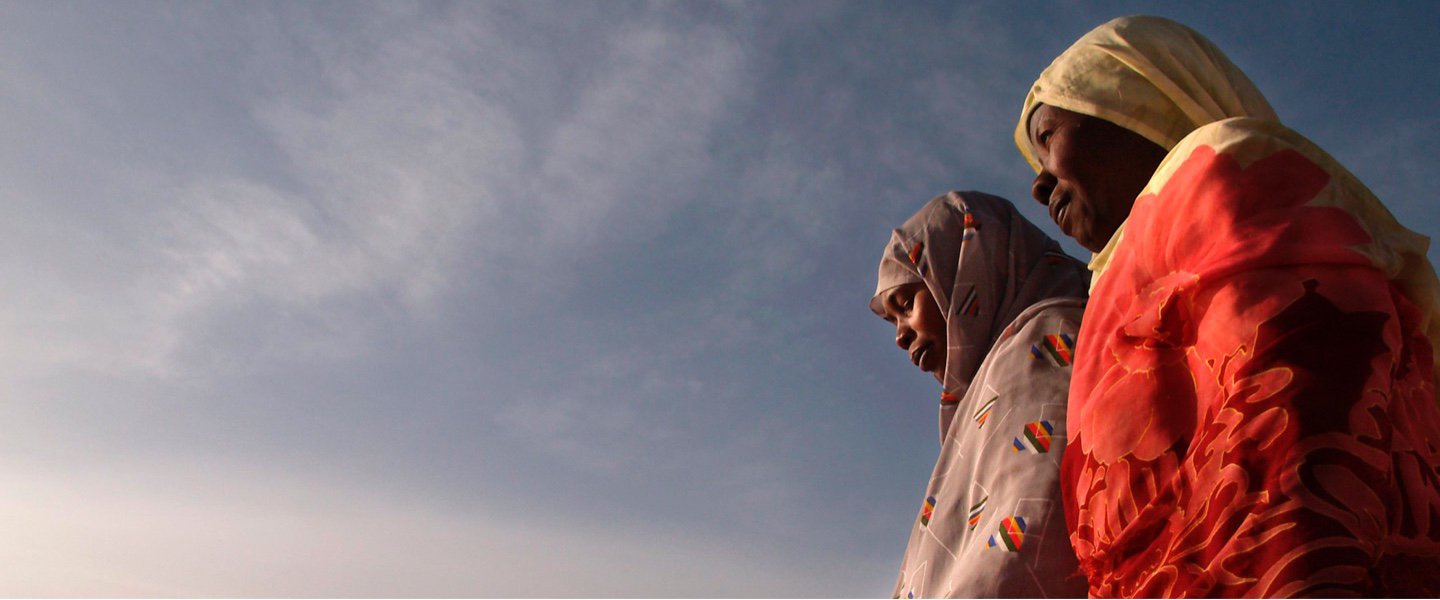- In Bhutan, a Bank-supported project supports the government's efforts to reduce rural poverty and high levels of malnutrition through climate-smart agriculture. Irrigation technology and greenhouses introduced through the project have helped farmers to increase their access to local and export markets. More than 6,500 people have increased the quality and quantity of produce like rice, maize, potato, vegetables, quinoa, citrus, apples, and potatoes, as well as high-value spices such as cardamom and ginger.
- In Burkina Faso, from 2000-2018, the Bank supported the Programme National de Gestion des Terroirs which decentralized rural development and built local capacity to deliver basic services. The program also invested in water and soil conservation, agroforestry, and energy-saving stoves and other environmental technologies, helping to protect more than 200,000 hectares.
- In Cote d’Ivoire, between 2013 and 2017, the Agriculture Sector Project boosted the productivity of 200,000 farmers and rehabilitated 6,500 kilometers of rural roads which allowed farmers to more easily bring their products to market and reduce post-harvest losses. To aid the cashew industry, the Bank also supported a research program that helped disseminate 209 genotypes of high-performing trees and establish 18 nurseries. The Bank-financed project also helped leverage US$27.5 million in private investment to boost productivity on at least 26,500 hectares.
- In the Democratic Republic of Congo, between 2011 and 2017, 105,556 people benefited from better access to agricultural services and rural infrastructure. Their cassava yields rose to 19 tons per hectare from 7. They also received access to 2,884 tons of improved maize, rice, groundnut, and sorghum seed, and mobilized US$400,000 through savings groups.
- In Djibouti, the Bank supported the construction of 112 water mobilization units, which improved water access for 9,762 households. The Bank also helped introduce hydroponic agriculture to 30 beneficiaries, rehabilitated 96 hectares of irrigated farmland, and produced 14,000 seedlings.
- In Ethiopia, since 2015 2.3 million farmers have directly benefited from interventions aimed at improving delivery of agricultural support services, agricultural research, small-scale irrigation, and market infrastructure development. Community projects have been financed for 4,800 Common Interest Groups, benefiting 82,715 subsistence farmers and youth.
- In Tajikistan, since 2014, the Bank supports agricultural diversification through the development of value chains, including dairy, apricot, apple, pear, tomato, cucumber, and lemon, allowing 2,127 farmers–49% of whom are female–to procure farm equipment and invest in crop and livestock production, dry fruits processing, and greenhouses.
- In Togo, since 2012, the Bank has helped farmers improve breeding techniques, allowing 19,332 producers to grow their incomes and raise healthier livestock. The Bank also provided planting materials to boost production for 33,817 farmers–10% of them female–working on 21,209 hectares of cocoa, and 35,505 hectares of coffee plantations.
Key Achievements
News Updates
Related Documents
tabOn selection, change the data
Key Achievements
Key Achievements
- In Bhutan, a Bank-supported project supports the government's efforts to reduce rural poverty and high levels of malnutrition through climate-smart agriculture. Irrigation technology and greenhouses introduced through the project have helped farmers to increase their access to local and export markets. More than 6,500 people have increased the quality and quantity of produce like rice, maize, potato, vegetables, quinoa, citrus, apples, and potatoes, as well as high-value spices such as cardamom and ginger.
- In Burkina Faso, from 2000-2018, the Bank supported the Programme National de Gestion des Terroirs which decentralized rural development and built local capacity to deliver basic services. The program also invested in water and soil conservation, agroforestry, and energy-saving stoves and other environmental technologies, helping to protect more than 200,000 hectares.
- In Cote d’Ivoire, between 2013 and 2017, the Agriculture Sector Project boosted the productivity of 200,000 farmers and rehabilitated 6,500 kilometers of rural roads which allowed farmers to more easily bring their products to market and reduce post-harvest losses. To aid the cashew industry, the Bank also supported a research program that helped disseminate 209 genotypes of high-performing trees and establish 18 nurseries. The Bank-financed project also helped leverage US$27.5 million in private investment to boost productivity on at least 26,500 hectares.
- In the Democratic Republic of Congo, between 2011 and 2017, 105,556 people benefited from better access to agricultural services and rural infrastructure. Their cassava yields rose to 19 tons per hectare from 7. They also received access to 2,884 tons of improved maize, rice, groundnut, and sorghum seed, and mobilized US$400,000 through savings groups.
- In Djibouti, the Bank supported the construction of 112 water mobilization units, which improved water access for 9,762 households. The Bank also helped introduce hydroponic agriculture to 30 beneficiaries, rehabilitated 96 hectares of irrigated farmland, and produced 14,000 seedlings.
- In Ethiopia, since 2015 2.3 million farmers have directly benefited from interventions aimed at improving delivery of agricultural support services, agricultural research, small-scale irrigation, and market infrastructure development. Community projects have been financed for 4,800 Common Interest Groups, benefiting 82,715 subsistence farmers and youth.
- In Tajikistan, since 2014, the Bank supports agricultural diversification through the development of value chains, including dairy, apricot, apple, pear, tomato, cucumber, and lemon, allowing 2,127 farmers–49% of whom are female–to procure farm equipment and invest in crop and livestock production, dry fruits processing, and greenhouses.
- In Togo, since 2012, the Bank has helped farmers improve breeding techniques, allowing 19,332 producers to grow their incomes and raise healthier livestock. The Bank also provided planting materials to boost production for 33,817 farmers–10% of them female–working on 21,209 hectares of cocoa, and 35,505 hectares of coffee plantations.




